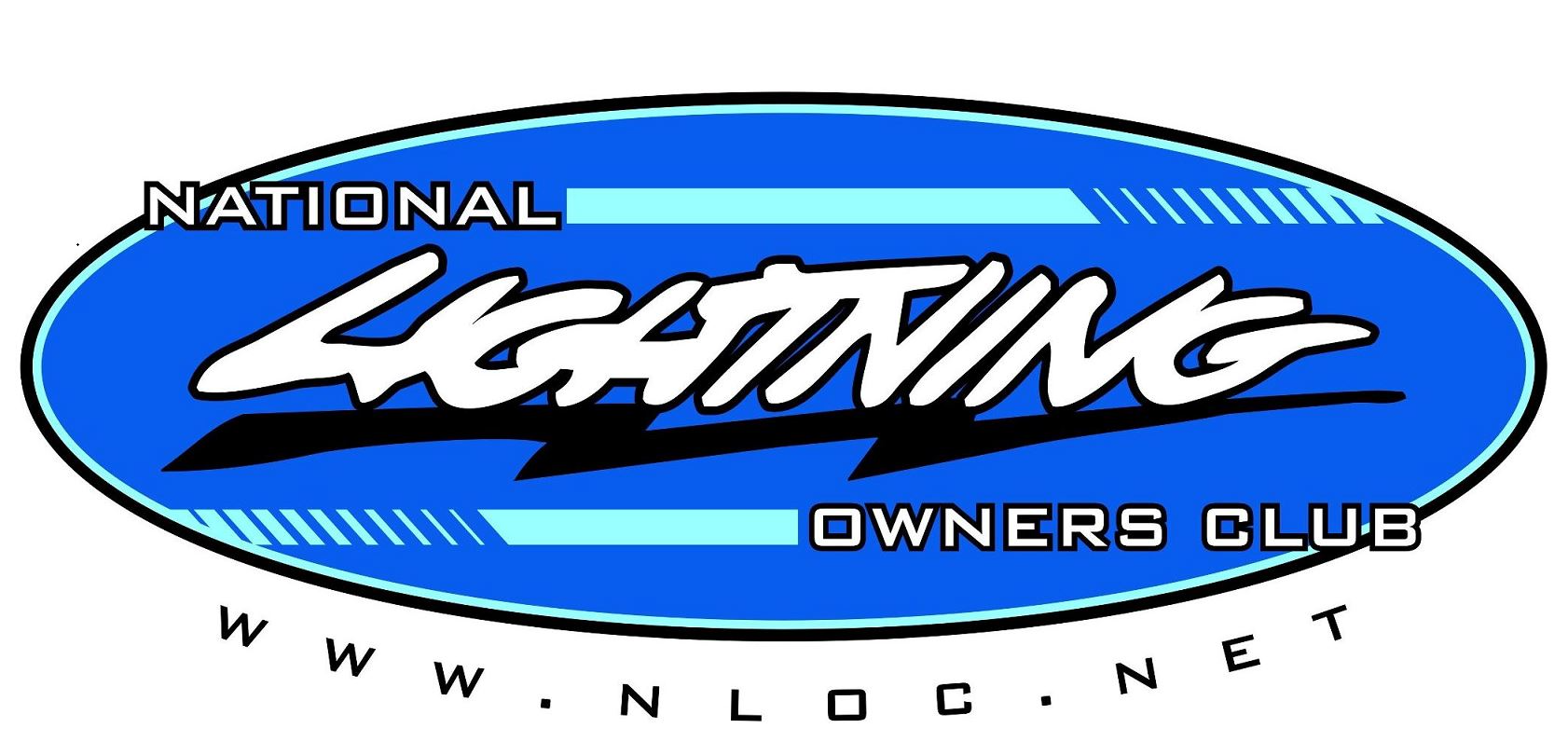kbconv
Mama's Boy
I just put Kooks 1 3/4" longtubes on my stock '94 (C3P2) and ran a free flowing 2 1/2" mandrel cat DI/DO exhaust out the side. Previous owner added a 4" sorta-CAI intake with a K&N Filter.
I'm going to hook up a Tweecer RT and Innovate wideband this weekend to see where my A/F is after I finish with motor mounts. I've had the Tweecer for years but haven't ever tuned with it, Lightning support was lacking when I got it for a Mustang. I've read the quick tips here quickly but have been sorta brain dead from a complete front end rebuild and other projects also.
Any quick tips on what I may want to change for the longtubes or beginning EEC mods? The stock 02 sensor is now located at the end of the collector, maybe 38" from the header flange. I'll get some A/F readings in a day or two.
Thanks
I'm going to hook up a Tweecer RT and Innovate wideband this weekend to see where my A/F is after I finish with motor mounts. I've had the Tweecer for years but haven't ever tuned with it, Lightning support was lacking when I got it for a Mustang. I've read the quick tips here quickly but have been sorta brain dead from a complete front end rebuild and other projects also.
Any quick tips on what I may want to change for the longtubes or beginning EEC mods? The stock 02 sensor is now located at the end of the collector, maybe 38" from the header flange. I'll get some A/F readings in a day or two.
Thanks

